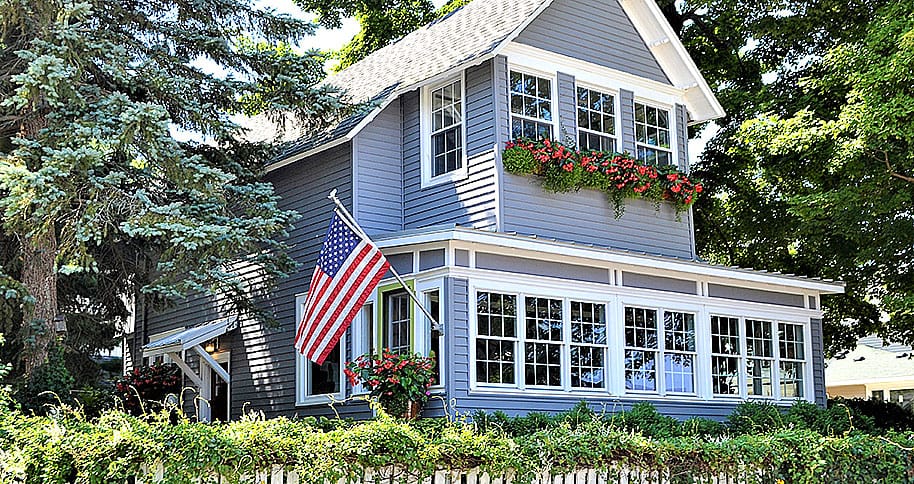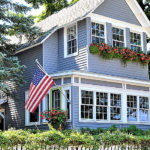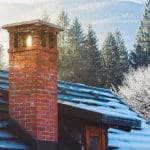
You might have never come across someone saying that their tree has got rust. As surprising as it may seem, trees do get rust. The quickest way to deal with it is to call in tree services. There are several ways of treating rust on trees and we are just here for that. Let’s discuss!
Baking Soda
If your tree has got some rust on it, tree pruning won’t fix it. You can use baking soda that is readily available at local superstores. Plus, this is the easiest method.
Mix baking soda with water and make a fungicide spray. Then, spray or apply the solution to the tree allowing intervals in between under the disease is controlled.
To remove rust using this method, mix one tsp. of baking soda in a quart of water along with a little liquid soap. Increase the amount of baking soda, water, and liquid soap if the rust is on many leaves or it’s more serious.
On top of that, you can also use a bit of white vinegar, spray it on the tree and prevent rust fungus from building up.
Neem Oil
Neem oil is yet another effective method to treat rust on trees. The best thing about neem oil is that not only is it a natural fungicide but is commercially available across the globe. You can make a solution by mixing one tsp. of neem oil with one liter of water and half a tsp. of liquid soap.
To treat rust on leaves, you should apply the solution to the affected areas of the tree but make sure that you do not overdo it. Spray once a week and allow the solution to work its way eliminating the rust.
Bonide Liquid Copper Fungicide
Copper is not good for plants. The reason is that it damages the plant cells. However, Bonide Liquid Copper can be tolerated by plants and will help remove rust. This item not only treats rust but also several other types of fungus.
Bonide Liquid Copper Fungicide is a ready-to-use product, which means that you can simply purchase it from the shelf and apply it to your tree. You do not have to mix with water and other items to make it work. Spray it on the stems as well as the surface of leaves. Depending on the degree of infection, you should repeat the process weekly.
Space Plants Properly
One of the most common problems with trees and plants is that homeowners tend to install them too close to each other. While the garden might look visually appealing with all the flowers blossoming and all that but you never know what is giving birth underneath.
The biggest downside to placing trees and plants too close to each other is that if one plant or a tree was to get a disease, it would spread to other trees and plants as well. Just like humans, plants need a sufficient amount of space to breathe as well.
If they are too close, they won’t be able to absorb a sufficient amount of sunlight. As a result, you will soon find your front or backyard turned into a graveyard just because one plant caused the disease to spread to the entire yard.
Remove Weeds That Encourage Rust
For your information, some weeds tend to harbor rusts as well. That said, you need to remove them as soon as they are spotted as they can quickly make rust grow on trees and plants. For instance, wild mallow encourages hollyhock rust while willow herb gives birth to fuchsia rust.
This is why you need to root them out at first sight. In fact, anything that gives birth to or promotes rust fungus should be eliminated by tossing them into a fire. This will prevent them from ending up on a different plant, causing rust and other diseases.
Conclusion
In the end, eliminating tree rust is not as difficult as identifying it. If you observe rust-colored spots on the leaves and other areas, you should immediately treat them for rust. Fortunately, the above-mentioned tops are effective and will help you get rid of rust within a few weeks if not days. If the rust is affecting other trees and you want to get rid of the diseased tree, look for tree removal companies Kensington.





